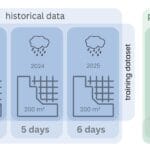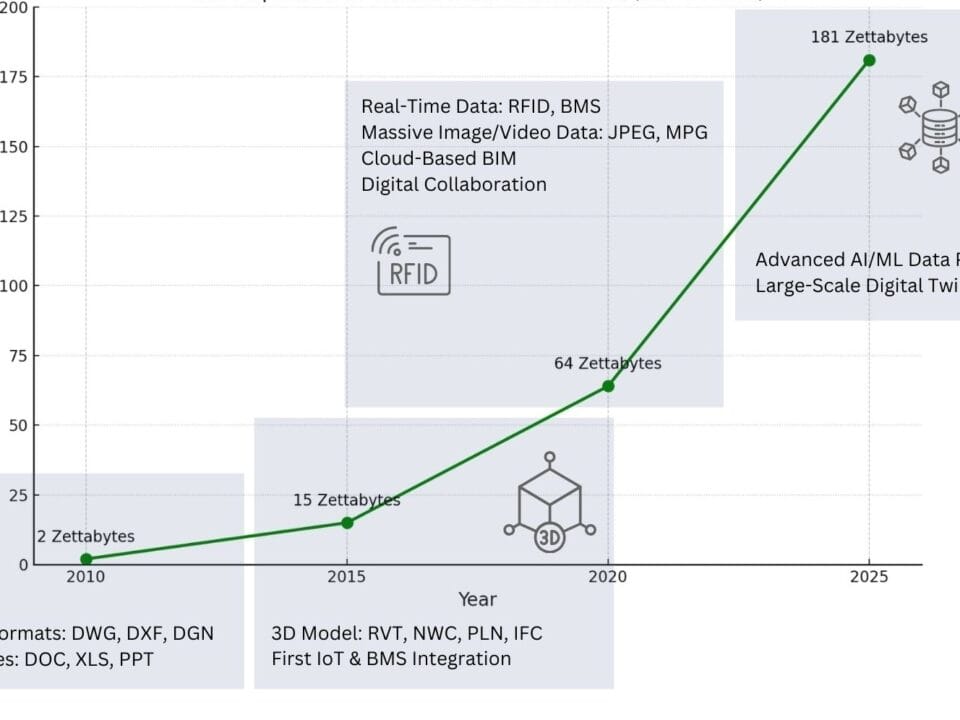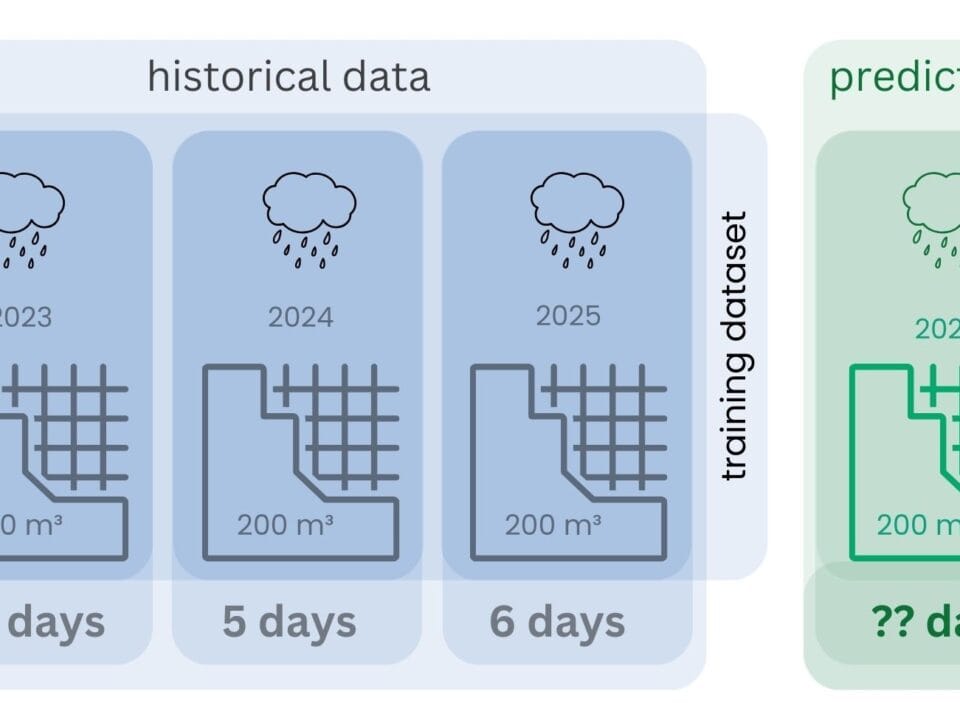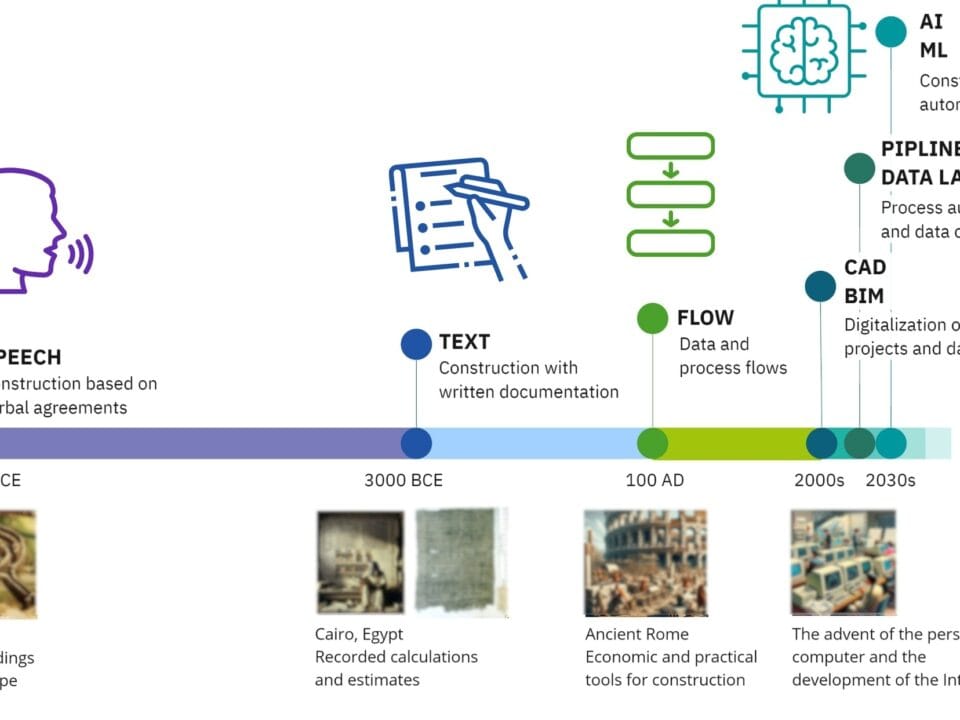The first documentary evidence in construction dates back to the period of pyramid building, around 3000-4000 BC (“Papyrus, 3rd century B.C. Language is Greek,” 2024). Since then, the keeping of written records has facilitated and accompanied progress in the construction industry, allowing for the accumulation and systematization of knowledge that led to significant innovations in construction methods and architecture over the next 10,000 years.
The use of the first physical media in construction, such as clay tablets, papyrus from thousands of years ago (Fig. 1.1-2) or “A0” paper in the 1980s, to record data was not originally intended to apply this information to new projects. The main purpose of such records was to detail the current status of the project, including calculations of the materials required and the cost of the work. Similarly, in today’s world, the availability of digital design data and models does not always guarantee their application in future projects and often serves mainly as information for current calculations of required materials and construction costs.
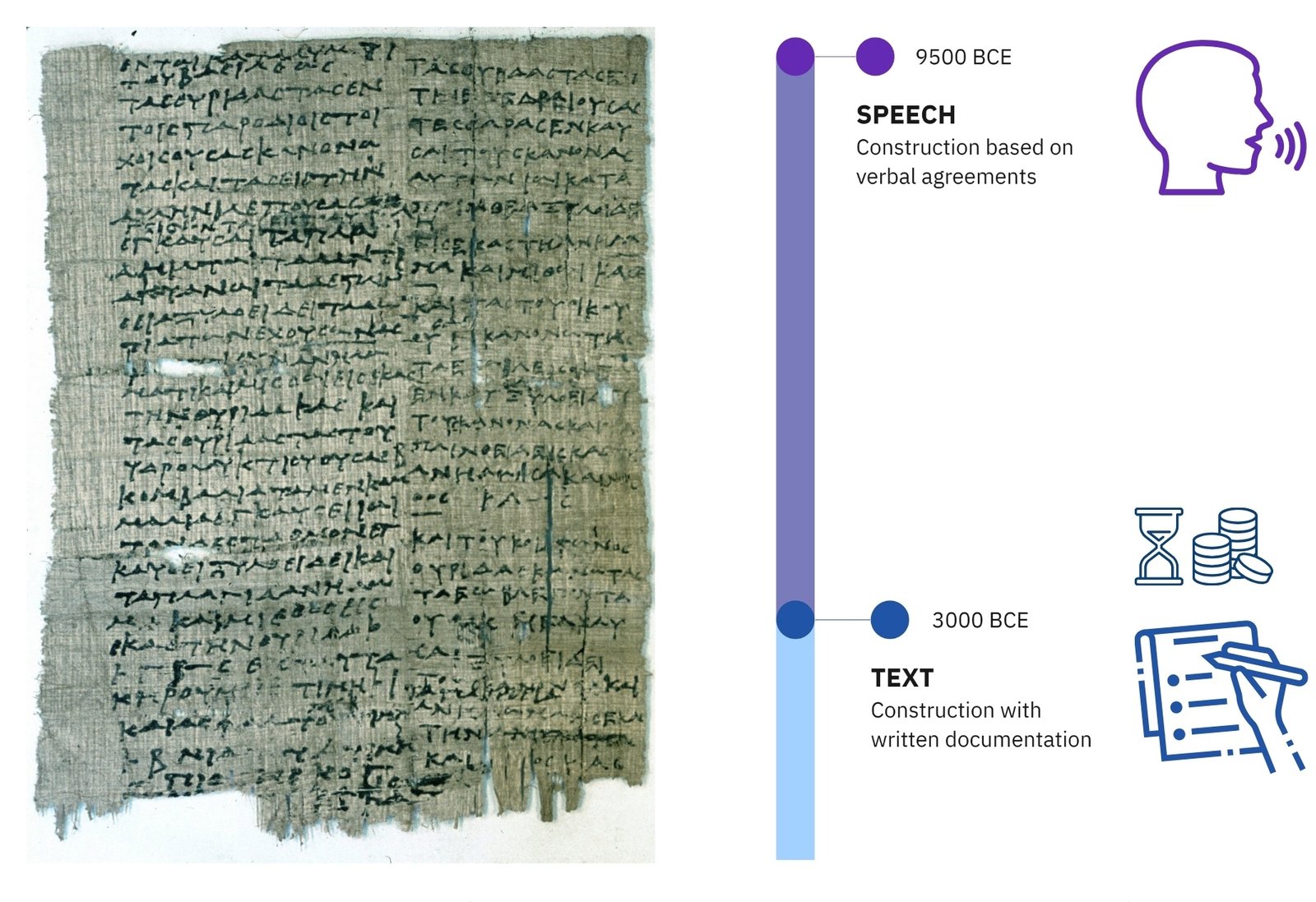
It took humanity about 5,000 years to move from verbal conversations to written documents in construction project management, and the same amount of time to move from paper to digital data as the primary resource for planning and control.
Just as the development of trade and monetary relations stimulated the emergence of writing and the first lawyers to resolve disputes, so the first records of material costs and scopes of work in construction led to the emergence of the first managers in the construction industry, whose duties included documenting, monitoring, and being responsible for key information about project schedules and costs.
Today, data play a much more significant role: they not only record the decisions made, but also become a tool for predicting and modeling the future. This is the foundation on which the modern process approach in project management is built – turning accumulated experience into a decision-making system based on structured and verifiable data.


